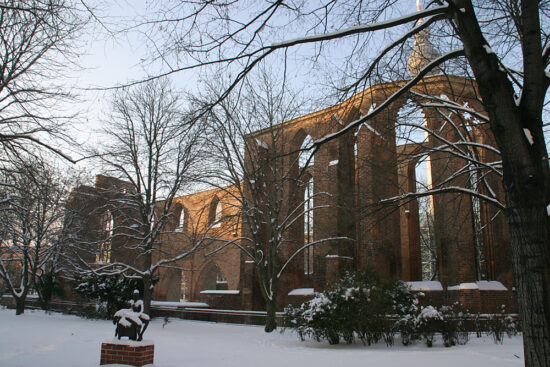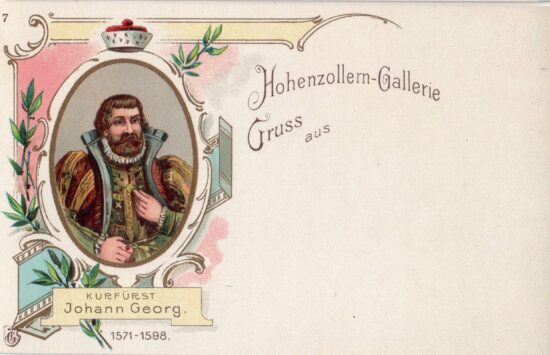Adolescence
Along with the new castle, Frederick II had erected a new chapel which he had generously endowed with relics and altars. That chapel would not meet the demands of Elector Joachim II (r.1535-1571) who managed to get the permission of Pope Paul III to turn the neighboring church of the Dominican monastery that stood immediately south of the palace, into a new cathedral. The Berliner Dom was inaugurated in 1536.
Joachim II would not be contained in just one city project. In 1538 he ordered for the demolition of the old city castle and the building of a modern palace in Renaissance style that would reflect the status of the new capital of his realm. A year later, in a move that would surely have shocked his late father (but not his mother who had a personal acquaintance with Martin Luther himself).
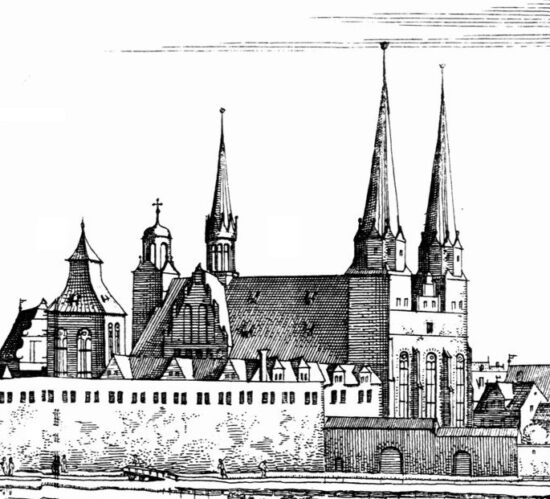
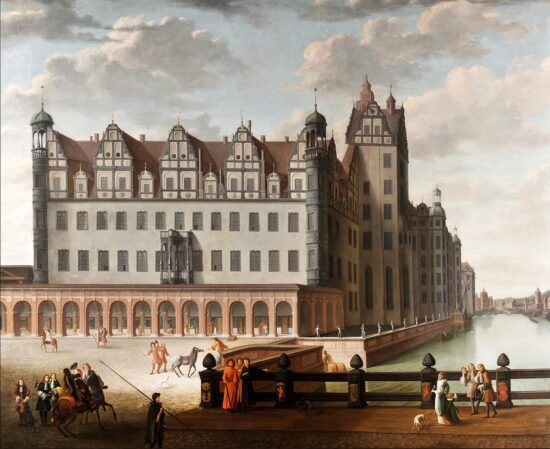
Elector Joachim II received Communion under both kinds in Spandau’s St. Nicholas’ Church. Although he did not immediately declare his faith in Lutheranism he did introduce an act that allowed the free practice of the new faith. In a move that would further enhance his profile as a religiously tolerant ruler, he had previously acknowledged the falsity of the claims that had caused the Jewish pogrom of 1510 and reopened the doors of Brandenburg for all people of Jewish origin.
Sermons in the Protestant style had been tolerated for some time, but in the summer of 1539 the new form of worship became more or less official. the Lutheran clergyman Georg Buchholzer was appointed as provost in Berlin-Cölln, as the leading pastor for the parishes of Nikolai, the Marien- and Petrikirche. He also preached in the church of the Dominican monastery in Cölln, which was dissolved by Joachim in 1535, and celebrated the first official Protestant service on September 14, 1539, in the church, which was elevated to the status of an electoral court and cathedral.

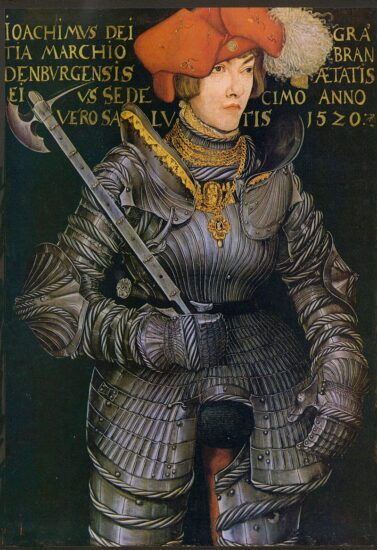
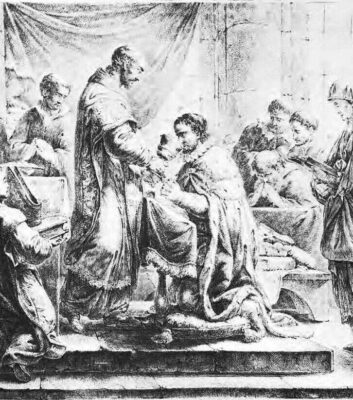
In 1540 the electoral church order came out, forming the basis for the reorganization of the church in Brandenburg. It was the first book printed in Berlin. Joachim II had been heavily indebted, and the electoral order ordering the confiscation of church property would provide a safety net.
Joachim II’s ambitions run before any economic restrictions so by the end of his reign the building of Köpenick Palace, the Grunewald hunting lodge (oldest surviving palace in Berlin today), of the dam path later known as Kurfürstendamm (one of the most expensive streets today), the rebuilding of the Spandau Fortress and the expansion of the Brandenburg court would create a new mountain of debt. In 1571, Joachim died in the Köpenick Palace.

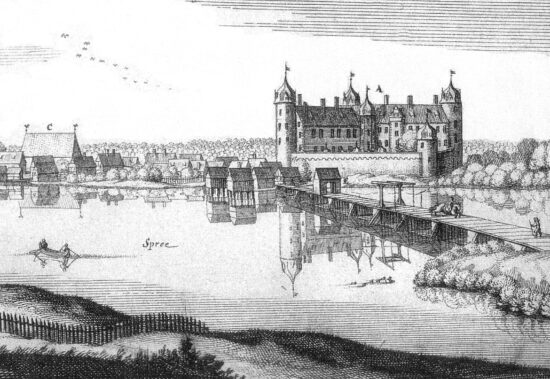
At the end of the 16th century the son of Joachim II, Elector Johann Georg (r. 1571–1598) managed to put the economics of his electorate in order but the means he used to accomplish his goal was more bitter than the mala. Johann Georg ordered the expulsion of all Jews by February 1573 at the latest, whereby they had to liquidate their assets and transfer them to him.
His father’s mint master (equivalent to the Minister of Finance today) who was also a Jew was arrested and executed after being accused of misappropriating sovereign income and unjust enrichment. The debt owed to him by his father was annulled and his assets were confiscated. At the same time, Johann Georg issued a new church ordinance in 1572, which completely subordinated the church to the electoral will. From 1577 the priests had to take an oath of service to the ruler.
He also instituted a grain tax which drove part of the peasantry into dependence on a nobility that was exempt from taxation. In a move that would probably be considered ironic by modern historians, he would also establish the Berlinisches Gymnasium zum Grauen Kloster, the first humanistic educational institution in Berlin. The first Protestant Latin school in Brandenburg was housed at the site of a medieval Greyfriars monastery (Graues Kloster), that had been secularised in 1539.
